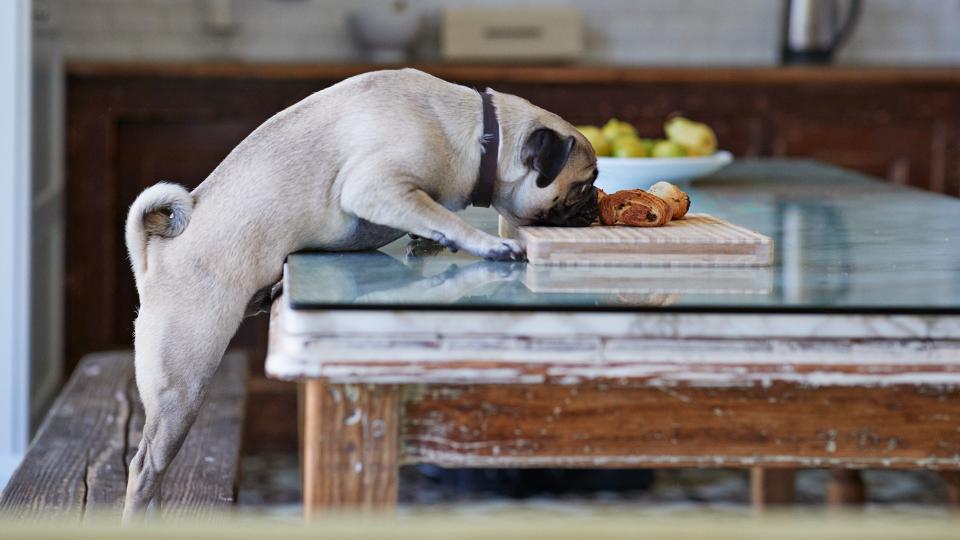Frustrated by your dog’s behavior? This trainer’s one simple principle is just what you need


There are few things about being a pet parent that are more frustrating than having a dog who won’t do what you want them to do. Whether it’s barking when the doorbell goes, jumping up on guests, or stealing the contents of that bag of longest lasting dog chews the minute your back is turned, some of the behaviors our dogs engage in can be more than a little challenging to deal with.
If you’re anything like us, you may have found yourself on more than one occasion telling your canine companion what you don’t want them to do, but as the team at JW Dog Training & Behavior share in a recent video uploaded to Instagram which you can view below, focusing on what behaviors you don’t want from your dog may actually be reinforcing the behavior.
“You know what you DON’T want your dog to do, but have you made it clear to your pup what you DO want?,” the team asks in the video. “Behavior goes where reinforcement flows.”
The trainers say that the secret to a better behaved dog is to reward the behaviors you want to see, which will encourage your dog to replace the behaviors you don’t want.
“When your dog is doing a behavior you don’t like, think about an alternative behavior you can reward that can replace the unwanted behavior. Bonus points if they can’t physically be doing the unwanted behavior while doing the replacement behavior. For example, lying on the kitchen floor instead of counter surfing.”
By rewarding your dog when they behave in the way you want, instead of focusing on telling your pup what you don’t want them to do, your dog will start to consistently offer you the behavior you’re choosing to reward.
While the video shows a dog owner rewarding their canine companion for quietly lying on the floor while they’re cooking dinner, the trainers point out that what behavior a pet parent chooses will be a personal decision.
“Some people might not want their dog under foot in the kitchen, so a different replacement behavior would be better for them,” they advise. The main thing is to focus on positively reinforcing the behavior you want to see more of instead of giving your attention to the behavior you’re wanting to eliminate.
As with all training, helping your dog to change its behavior takes time, patience, and consistency. If you feel you’re not seeing positive results after a few weeks of implementing the above technique, we recommend reaching out to a professional dog trainer for some one to one support.
For more great training tips, check out our guide to how to stop a dog from jumping up.





